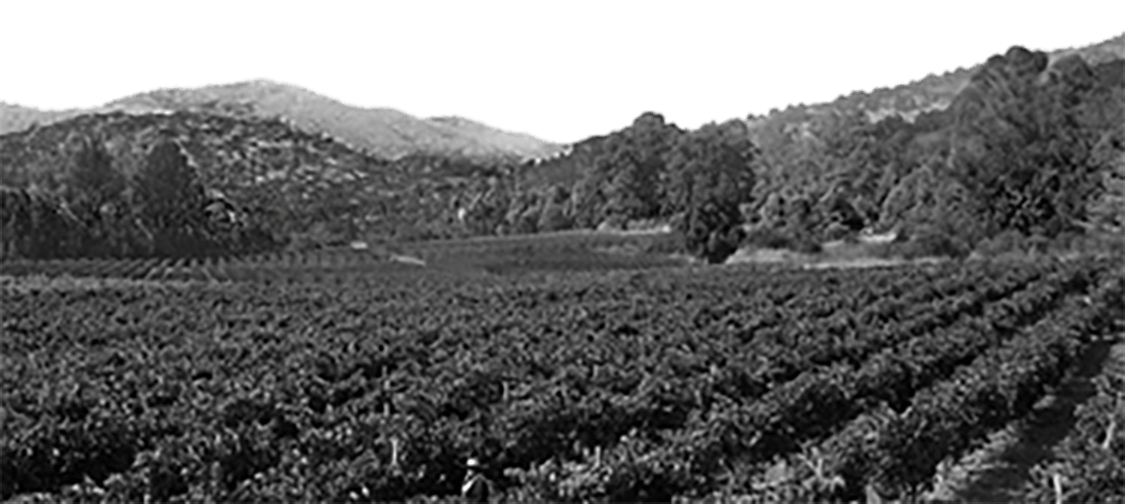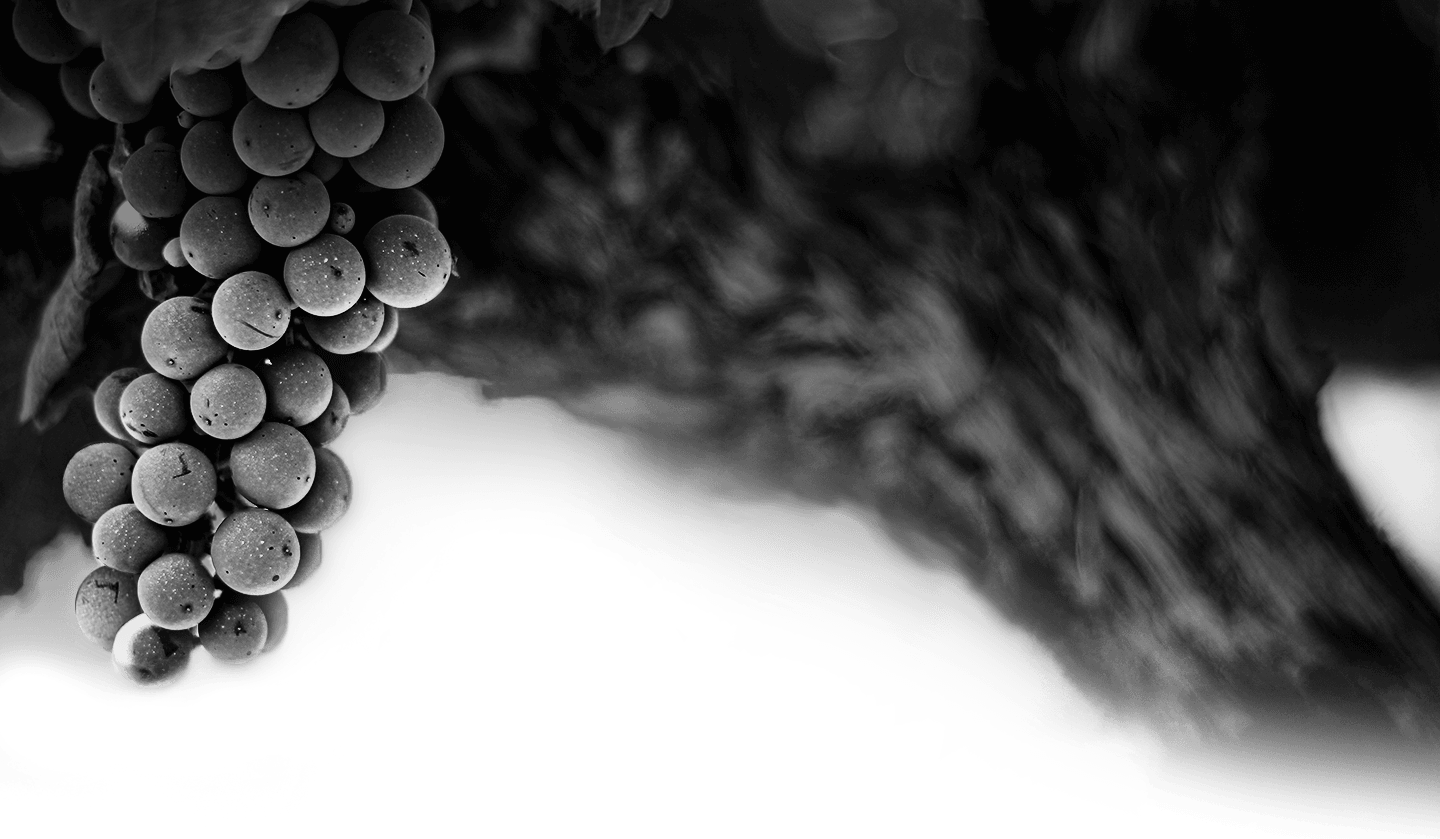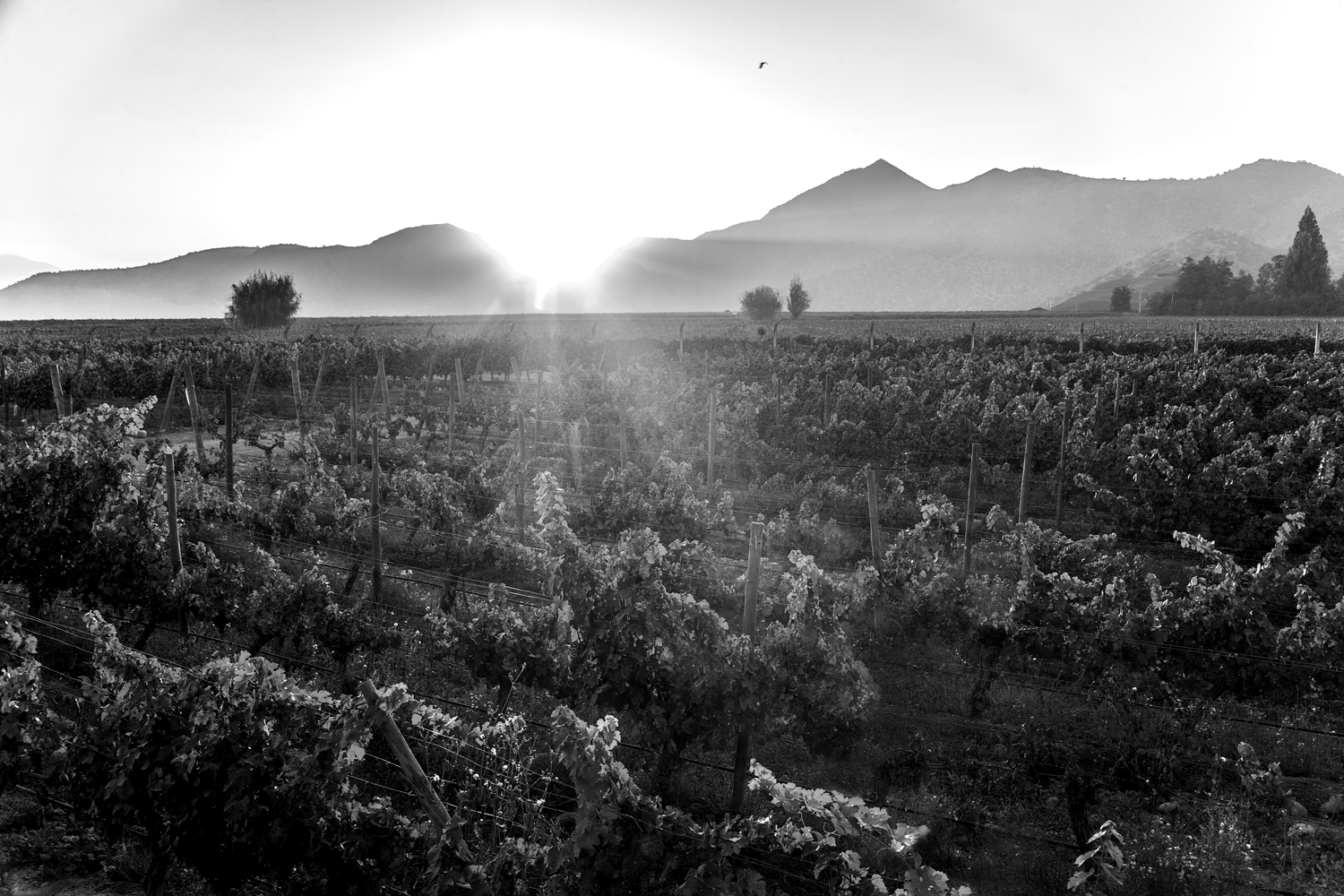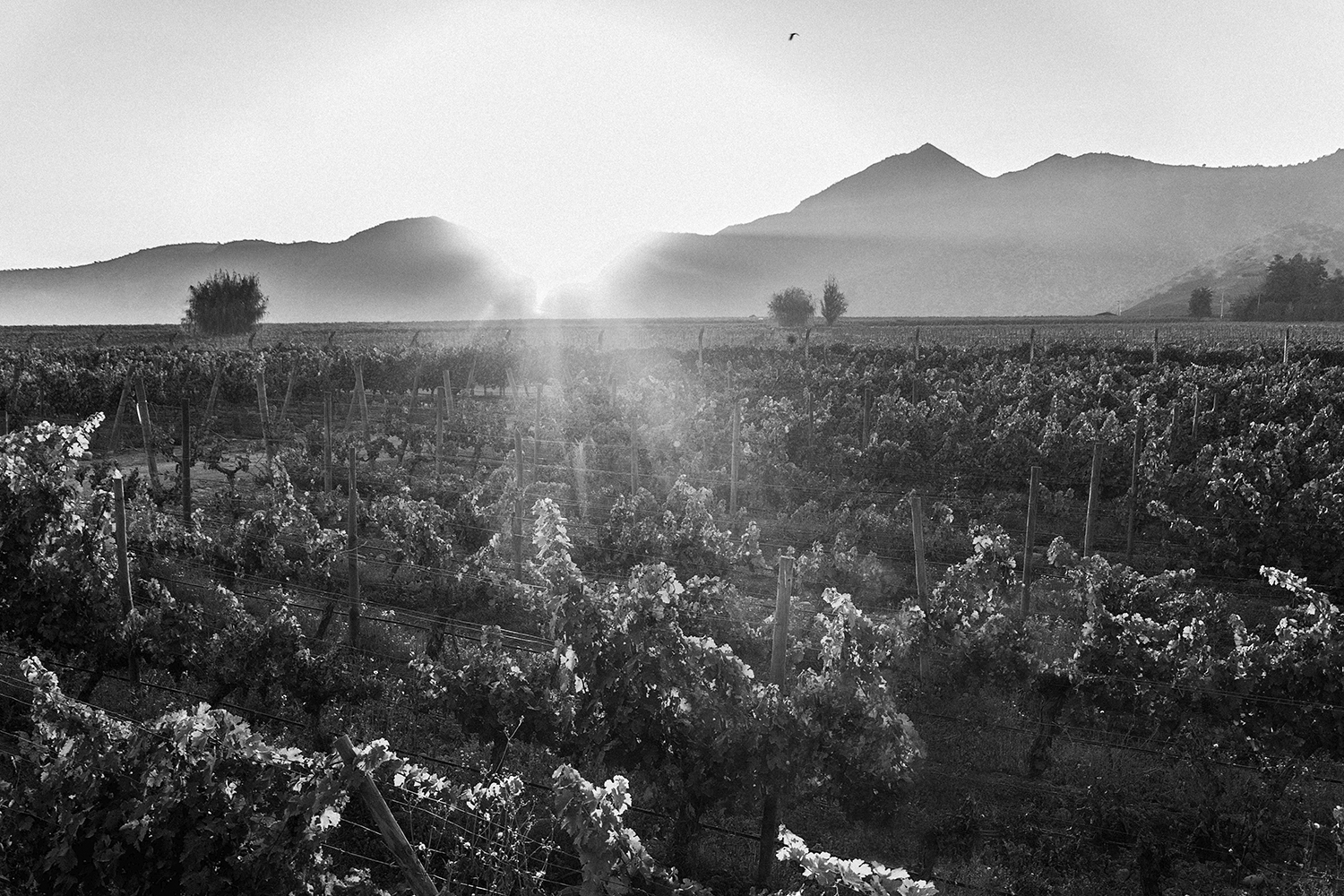« Even more than a tribute, this wine is a heritage, born of the encounter of Chilean terroirs, our family company’s know-how and a charismatic personality. If I had to describe Baronesa P. in three terms, they would be exacting standards, elegance and flamboyance.
Exacting standards have been at the heart of our family for generations. The same exacting standards apply to the making of Baronesa P. Elegance is embodied in both the bottle and the wine. Flamboyance is the reflection of her remarkable personality. »
Philippe Sereys de Rothschild,
Chairman and CEO Baron Philippe de Rothschild S.A.
Baronesa P. is a selection of our finest micro-terroirs, selected over a period of several years based on our experience and understanding of these soils and vineyards, as well as the use of sensors to measure the electrical conductivity of the soil. Over many years and after producing countless batches, we refined our selection to create this cuvée in honor of Baroness Philippine de Rothschild.
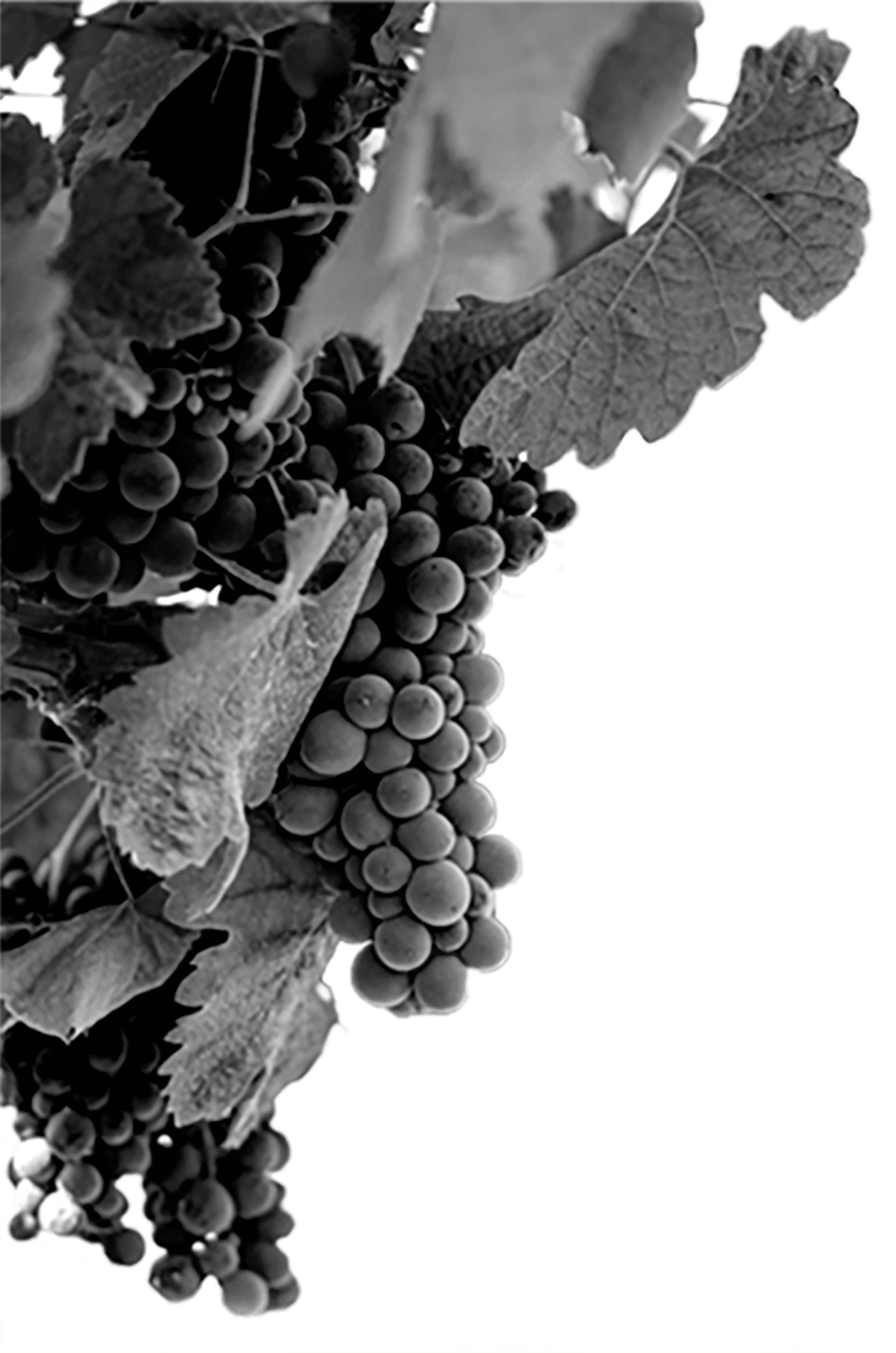

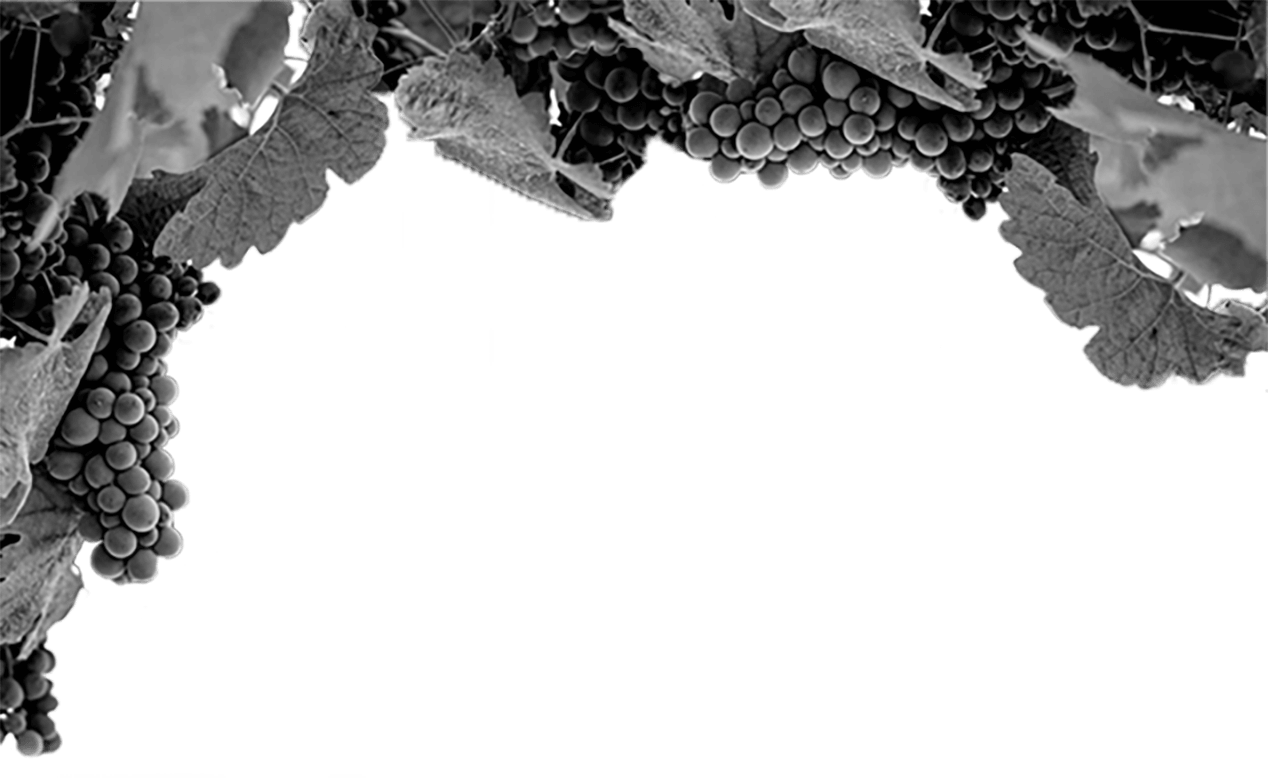
Harvest
From March 18 to April 30
Grape variety
83% Cabernet Sauvignon
6% Carmenere
5% Petit Verdot
5% Cabernet Franc
1% Syrah
Ageing
15 months in French oak, 55% new barrels and 45% previously used for one vintage.
Ageing potential
10 to 15 years
Tasting notes
The color is deep ruby-red with intense violet highlights.
The nose is very rich, generous and complex, laden with a vast array of aromas. Notes of graphite and extremely intense fruit such as blackcurrant and morello cherry mingle with black fruit aromas of plums, black cherries, blueberries and blackberries, underpinned by floral notes of lavender and rosemary.
Juicy, fine and elegant on the palate with complexity, depth, good volume and structure yet well-polished, fresh and mineral with silky, fine tannins. Notes of cedar and cigar box come to the fore, culminating in a long aftertaste and well-balanced acidity.
The combination of superbly balanced power and elegance suggests wonderful ageing potential.
Cabernet Sauvignon, Cabernet Franc, and Syrah grow in a Mediterranean climate greatly influenced by the cold air that comes down from the Andes Mountains at night, cooling the valley all year round, but especially during the summer months. This means diurnal and nocturnal temperatures vary significantly, a highly favorable characteristic for the maturation of Cabernet and Syrah.
Carmenere and Petit Verdot also grow in a Mediterranean climate, but here the average temperature is 1ºC higher than in the Cabernet and Syrah vineyards, which allows each variety to reach optimal ripeness.
Cabernet Sauvignon, Cabernet Franc, and Syrah grow in well-balanced alluvial soils rich in pebbles, with a silty-sandy-clay to silty-clay texture, and bedrock at a depth of 3.0 meters below the surface. The vineyards were planted in 1997, 2003, and 2009. The Carmenere and Petit Verdot vineyards were planted in 1998 in deep clay soils, which favor a smooth, elegant tannic structure.
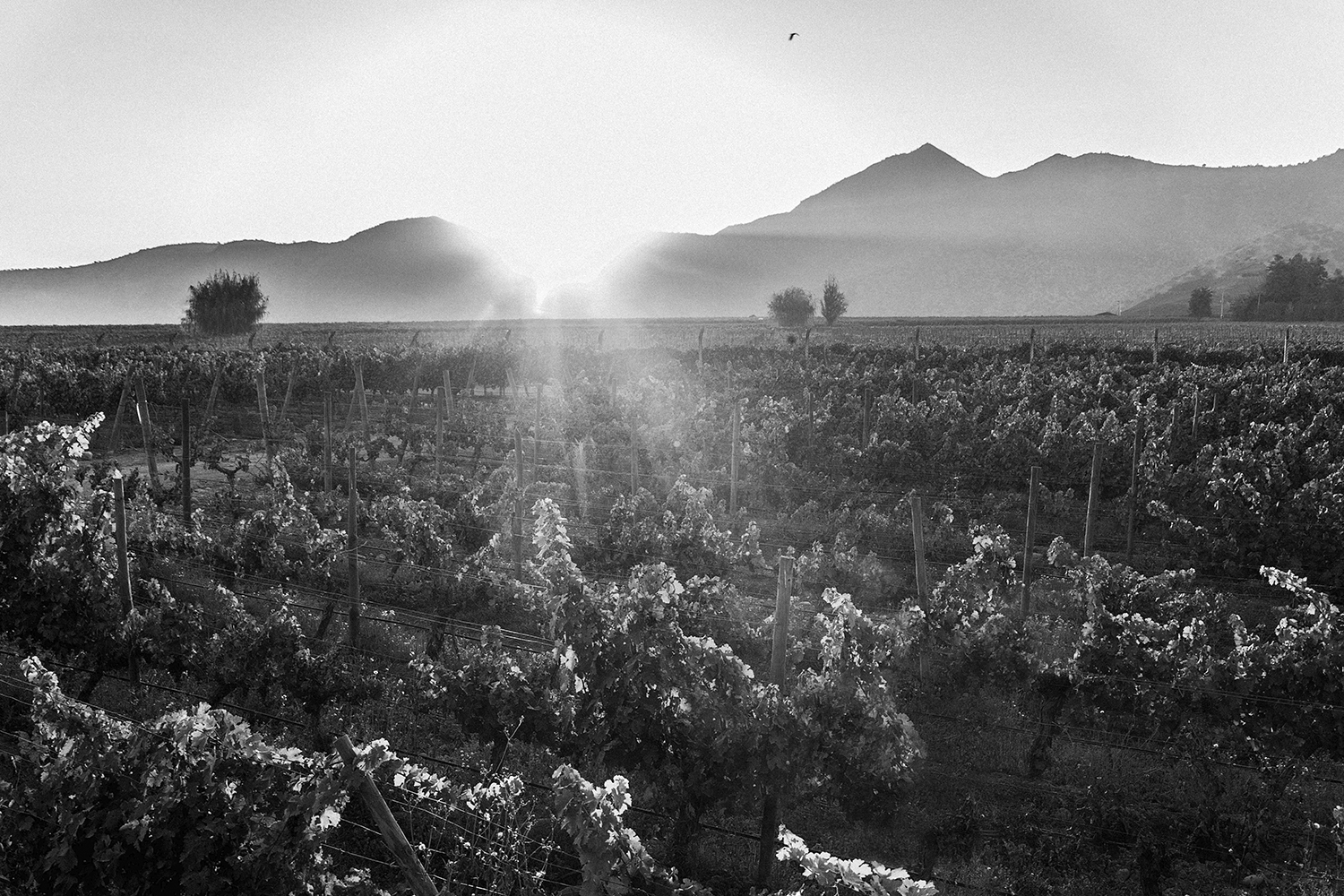
CLIMATOGRAPHY, HARVEST CONDITIONS
Generally speaking, the 2022 harvest produced a very well-balanced vintage with high aromatic intensity. Average maximum temperatures were slightly higher than in 2021 (+0.6°C overall).
Rainfall was very scarce, limited to the winter months and significantly lower than in 2021. There was no rainfall in spring and summer. Only one spell of rainfall was recorded at the end of the harvest in late April. This did not affect the quality of the grapes, however, since 99% had already been picked.
Average spring temperatures were within the normal range and no frost was recorded, with a variation of -0.1% compared to the seasonal norm. Bud break was homogeneous and 3 days late on average.
Flowering occurred under optimal temperatures and without rainfall, approximately 1 to 3 days later than usual depending on the grape variety.
January and February were warm, with temperatures 0.3°C above average. Véraison (colour change) began quickly and was very even, lasting for a short period of around 30 to 35 days, with variations depending on the grape variety.
March was dry and temperatures remained high: 0.15 °C above average. They dropped in April, down 0.2°C compared to the seasonal norm, which slowed the ripening process and was propitious to the development of more intense aromas along with good phenolic ripeness.


